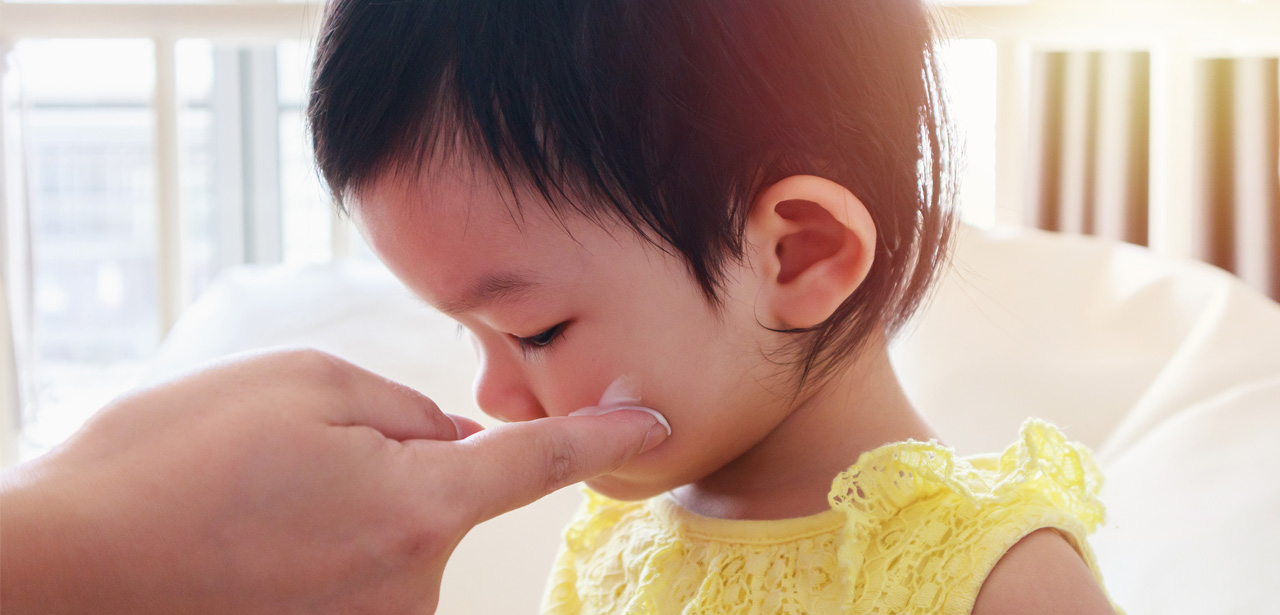Background: Human Papillomavirus (HPV) vaccine coverage in France is below 30%, despite proven effectiveness against HPV infections and (pre-)cancerous cervical lesions. To optimise vaccine promotion among adolescents, we used a discrete choice experiment (DCE) to identify optimal statements regarding a vaccination programme, including vaccine characteristics. Methods: girls and boys enrolled in the last two years of five middle schools in three French regions (aged 13-15 years) participated in an in-class cross-sectional self-administered internet-based study. In ten hypothetical scenarios, participants decided for or against signing up for a school-based vaccination campaign against an unnamed disease. Scenarios included different levels of four attributes: the type of vaccine-preventable disease, communication on vaccine safety, potential for indirect protection, and information on vaccine uptake among peers. One scenario was repeated with an added mention of sexual transmission. Results: the 1,458 participating adolescents (estimated response rate: 89.4%) theoretically accepted vaccination in 80.1% of scenarios. All attributes significantly impacted theoretical vaccine acceptance. Compared to a febrile respiratory disease, protection against cancer was motivating (odds ratio (OR) 1.29 [95%-CI 1.09-1.52]), but not against genital warts (OR 0.91 [0.78-1.06]). Compared to risk negation ("vaccine does not provoke serious side effects"), a reference to a positive benefit-risk balance despite a confirmed side effect was strongly dissuasive (OR 0.30 [0.24-0.36]), while reference to ongoing international pharmacovigilance without any scientifically confirmed effect was not significantly dissuasive (OR 0.86 [0.71-1.04]). The potential for indirect protection motivated acceptance among girls but not boys (potential for eliminating the disease compared to no indirect protection, OR 1.57 [1.25-1.96]). Compared to mentioning "insufficient coverage", reporting that ">80% of young people in other countries got vaccinated" motivated vaccine acceptance (OR 1.94 [1.61-2.35]). The notion of sexual transmission did not influence acceptance. Conclusion: HPV vaccine communication to adolescents can be tailored to optimise the impact of promotion efforts.
Auteur : Chyderiotis Sandra, Sicsic Jonathan, Raude Jocelyn, Bonmarin Isabelle, Jeanleboeuf Florian, Le Duc Banaszuk Anne-Sophie, Gauchet Aurélie, Bruel Sébastien, Michel Morgane, Giraudeau Bruno, Thilly Nathalie, Mueller Judith E
Vaccine, 2021, p. 1-10


